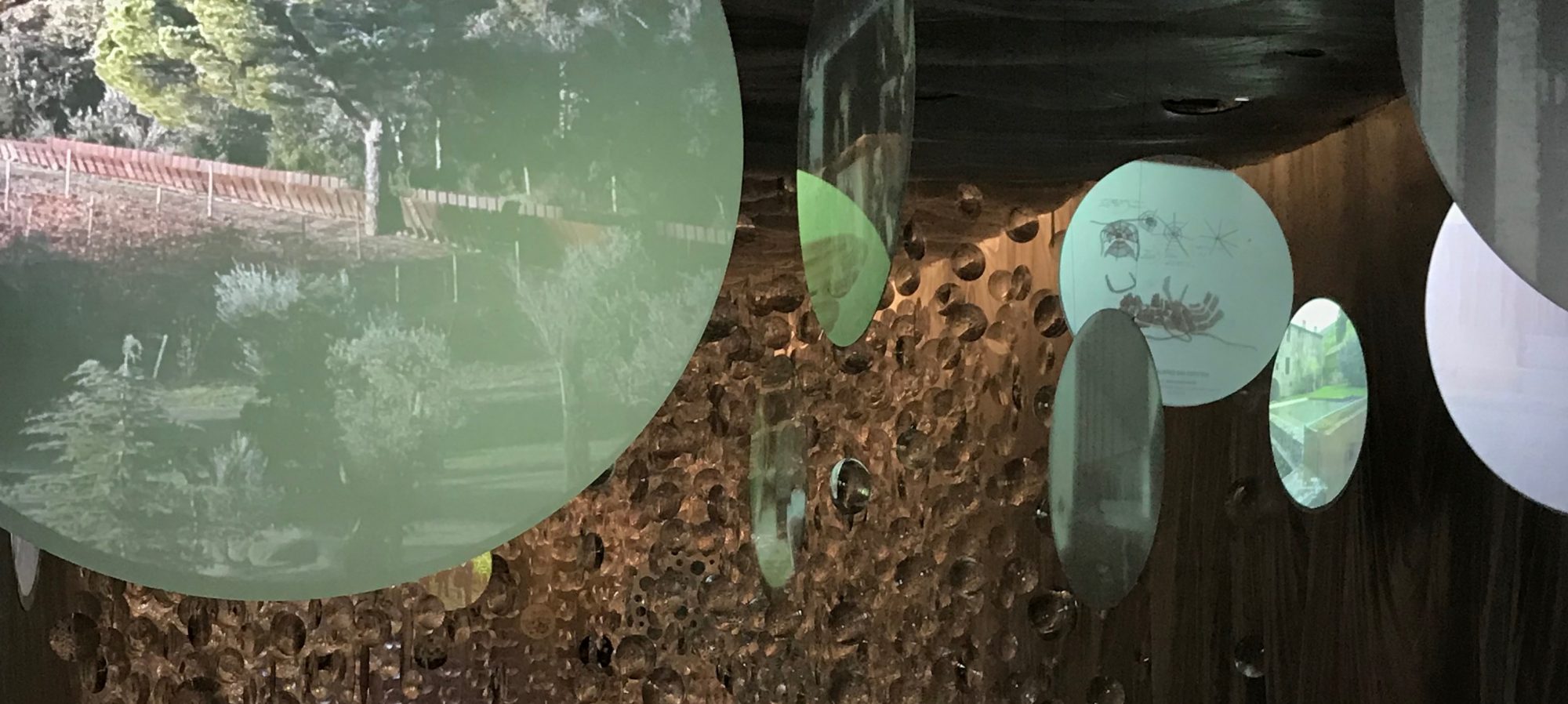I recently came across two quite disparate fragments of knowledge in my travels across the so called interwebs. The first was an article at e-flux, one of those curiously named architecture websites, by the eminent American architectural academic Joan Ockman. Ockman’s article, which can be found here, details the trajectories of history and theory in architectural discourse since the 90s.
Elon is really Iron Man
The second fragment was more fleeting. This was a glimpse, as one tends to get these days when scanning and cramming your brain with your social media feeds. I saw a post in my Facebook feed about Space X. Space X is Elon Musk’s, the Iron Man like entrepreneur, attempt to develop cheap low earth orbit rockets. In the process a few of Elon’s rockets have crashed.
As Elon says, “Failure is an option here. If things are not failing, you are not innovating enough.” This led me to a few other interweb mantras and business school type aphorisms such as: “Innovators today are told to run loose and think lean in order to fail fast and succeed sooner” and of course there is all the Lean Start-up and Lean Design thinking encapsulated in the “Fail Fast, Learn Faster, Deliver Fastest”
It was then easy to worry if I had missed something in the past few years. To worry if I missed the whole lean design movement. Had I missed another potentially career propelling and thought leading bandwagon?
The managerial ethos.
Thankfully, Ockman’s article had a few choice quotes that helped me to think a bit more deeply. The article helped me to join the dots, in my mind, between the proponents of the lean design, fail faster, movement and the unfolding catastrophe that is the digital “revolution” in our profession of architecture. A “revolution” disguised in futuristic rhetoric that is diminishing the domain and agency of architectural practice and knowledge. Ockman writes:
“Now that capitalism is the most revolutionary force in the world, a triumphant managerial ethos has given rise to a host of new specializations laser-focused on issues of optimization, performance, and delivery.”
Citing the last issue of Assemblage, the influential (and oh-so-pedigreed) architectural journal, as a point at which political and critical theory departed from architecture, she argues that:
“Instead of history/theory today, what we now have is research. Research is the holy grail of contemporary architecture education, and the “laboratories” in which it is carried out–by white-coated architectural technicians, figuratively speaking–are its shrines. As for criticism: arguably, we now have something like “curation.” History/theory has turned into research/curation.”
In the current climate of neoliberal universities we, myself included, all prey to the idea that curation is research (but that’s probably the topic of another blog).
Productive creatives
But then, just before I got diverted into a curation-is-research reverie, there was this little gem:
“Yet in an increasingly commodified system in which architecture students are in training to become future members of a productive (and debt-ridden) class of “creatives” and, at the same time, are not shy about exercising their rights as educational consumers, the tradition of scepticism and negativity associated with critical thinking holds less and less allure.”
The need to fail
My thought linking all these interweb fragments is that the education, research and digital practices now inscribed in the global system of architecture does not allow architects to fail. It doesn’t allow us to fail quickly enough.
I don’t think Parametric design has failure built in to its processes. In the studio, once the designer is committed to a particular digital model it becomes a kind of juggernaut. Once the model’s relational geometries are loose, design is then just addition and refinement; addition and refinement in the service of optimisation.

As architects we are not teaching our architecture students to fail. In the neoliberal university it is easier to teach the architecture students that everything is ok. Consequently, design teaching has become focused on serial techniques and technical problem solving disguised as “productive” and waste minimising techniques. A lather of doing good for the world.
The rhetoric of techno-future
What also bound my own disparate thoughts together is the thought that the rise of the digital in architecture and its associated rhetoric of the future has, by and large, escaped critical scrutiny. The abandonment of theory in the 90s, in the name of a post-critical position, in architecture has led to the erasure of politics in our discourse. It is worth reading through Ockman’s article to see the outline of this history.

Both BIM and Parametric design seek to optimise and configure patterns rather than socio-material systems. In both of these architectural methods, the everyday experience of the user has been replaced by the gaze of the operator, design iteration has become the spinning of the model in the shimmering screen, experimentation has become additive rather than truly generative, collaboration is reduced to the efficient exchange of data and there is no sense that architects should learn how to fail and fast in the design process.

Let’s face it, Parametric architects don’t care much for history and theory. Who needs it when you need a job in an office after you graduate. Who needs the politics of the everyday when you can play in the spectral sphere of the digital. As a result parametrics as a movement in architecture has done little to free architectural discourse from a global system that perpetuates: entrenched privileges of professional strata, a culture of design optimisation and design research that is techno-utilitarian rather than thought provoking.
As noted here Architects need to think more about digital disobedience.







 Chart 1: Outsourcing is widespread
Chart 1: Outsourcing is widespread  Chart 2: Competition is Intense
Chart 2: Competition is Intense 



